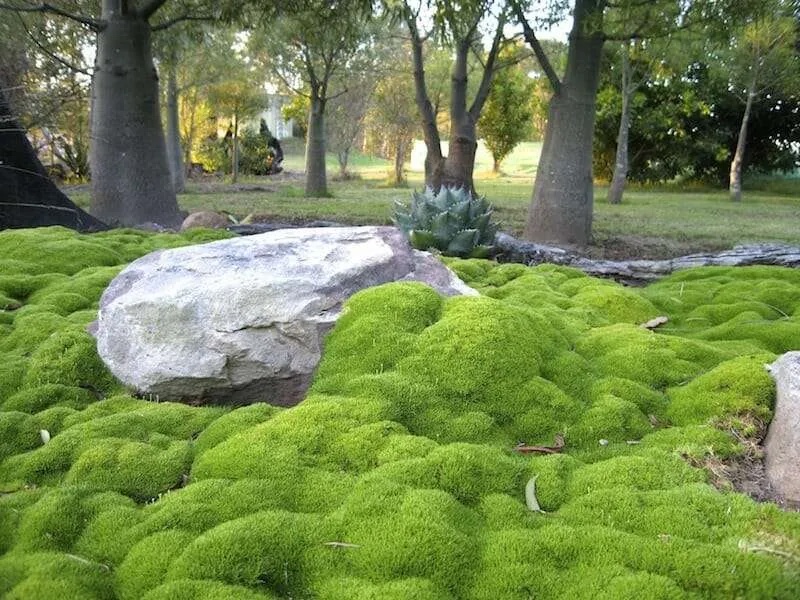If I were to tell you there’s a groundcover sold at nurseries that could tolerate a range of conditions—poor soil, shade, and drought—and was deer-resistant with the benefit of being low-maintenance as well, you’d likely want to add it to your garden. Who wouldn’t?
Reconsider. The above describes goutweed, Aegopodium podagraria—also known as ground elder, snow on the mountain, and bishop’s weed. It should be called devil’s weed instead. That’s because although it has all these great attributes, it has one glaring flaw: It will take over your garden and then your lawn and then your brain. It is so aggressive that there’s a Facebook support group for those unlucky, unknowing folks who mistakenly welcomed it into their garden. Like me.
To this day, I rue the day I brought it into my own yard. On purpose. Over 20 years ago, I bought a house that had a shady backyard and needed something other than hostas and ferns to fill in the space. Enter goutweed. Learn from my mistake. Please.
What is goutweed?

Goutweed is a perennial in the carrot family and is native to Europe and Asia. It comes in two varieties: green-leafed and variegated green and white. It has trifoliate leaves (like poison ivy) and white umbel flowers, and grows to one to two feet tall. It spreads via rhizomes.
Why is goutweed so despised?

Did I mention the support group? Goutweed can spread over two feet per year. It forms dense mats that smother anything in its path and crowds out native plants and tree saplings, effectively killing a forest by stopping its regeneration process. The variegated variety is slightly less aggressive than the green variety. However the variegated can revert to the green variety at any time.
What makes goutweed so hard to eradicate?

Its ability to grow from a root fragment. It shares this trait with other aggressive invasives such as Japanese knotweed, bamboo, and lesser celandine.
How do you get rid of goutweed?

Prevention is the best defense. Don’t buy it. Be careful of gifted plants. Know your plants and do your research. Learn to distinguish between the lookalikes, such as golden Alexander, a native and a keeper! That said, if you’ve unwittingly welcomed it onto your property, here are strategies to eradicate it.
- Physical removal. Hand-pull or dig up the plants, roots and all. While this is hard and could take years, it is the only option if you have trees or plants within the infestation that you want to keep. Pulling it in midsummer is the perfect time, as that’s when the plant has the least amount of carbohydrates in its roots, making it at its weakest. Never ever till the soil. Tilling will create root fragments and those root fragments will become new goutweed. Throw the plant material in the trash. Do not compost it. Your home compost may not get hot enough to kill it and you could end up spreading it all over your garden with the compost.
- Mulching. Laying down a thick layer of mulch over the goutweed can help to knock it down to manageable level, allowing you to hand-pull whatever pops up.
- Solarization. Placing plastic tarps or cardboard over the area can kill goutweed if left for long enough. The downside is it will kill everything, so don’t use this method near trees or plants you want to keep. (See The Garden Decoder: What Is ‘Occultation’? to learn the difference between solarization and occultation.)
- Herbicides. This should be the very last resort because of collateral damage to other plants in your garden. Follow the directions exactly.
Don’t forget to fill the the now empty space with desirable plants to crowd out the remaining stranglers. Pick native plants that do well in the conditions you have and keep plucking out the goutweed sprouts. Because there will be. You can do it!
If you spot goutweed growing wild (and chances are you will), see:
For more on invasive plants, see:
- Search & Destroy: Lesser Celandine
- Invasivore: Mugwort the Herb vs. Mugwort the Weed
- 10 Native Alternatives to Invasive Plants













Have a Question or Comment About This Post?
Join the conversation (1)